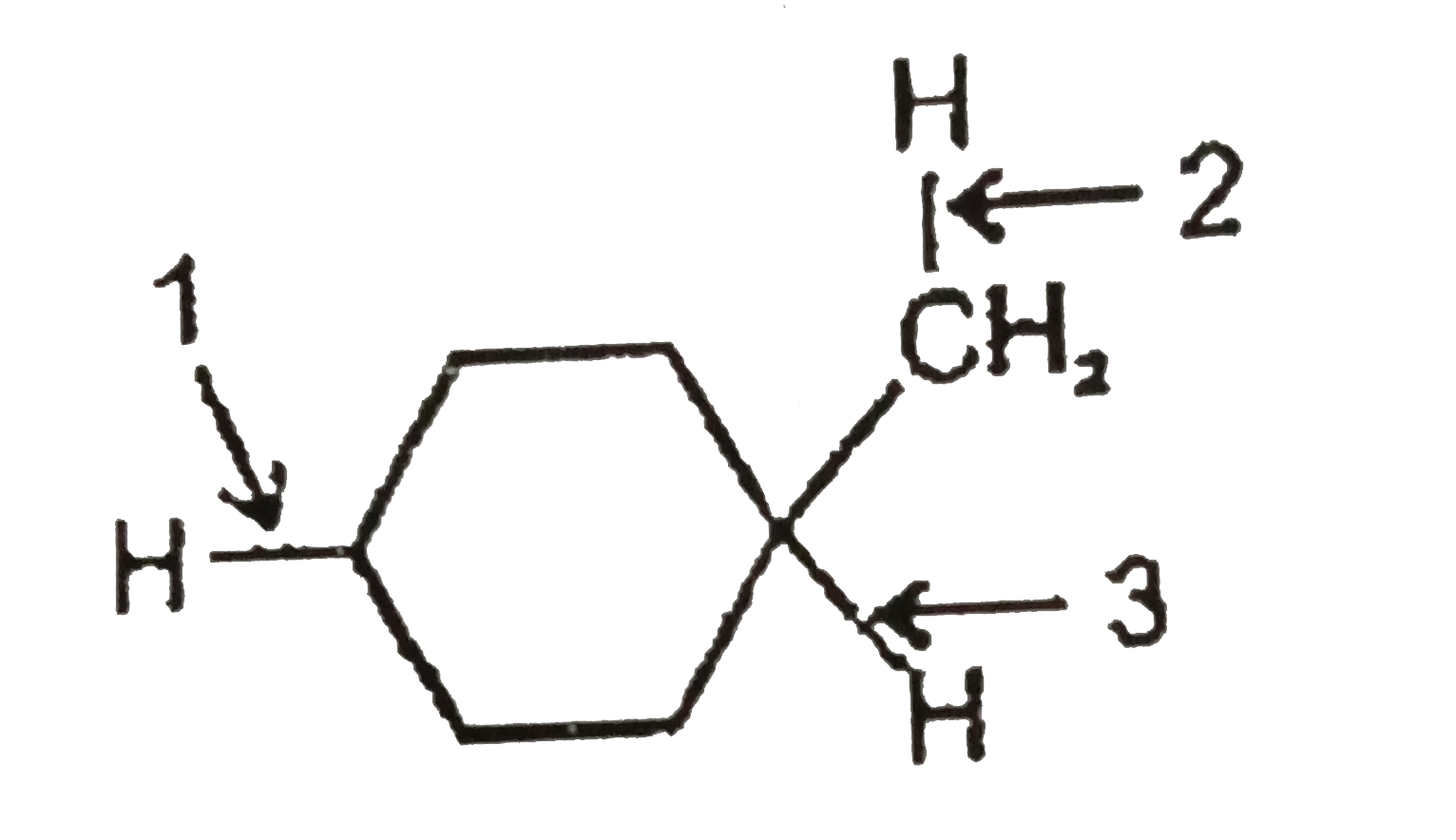The bond dissociation energy is highest for
F2
Cl2
I2
Br2
The correct Answer is:B
To determine which halogen has the highest bond dissociation energy, we will analyze the bond dissociation energies of the halogens: fluorine (F2), chlorine (Cl2), bromine (Br2), and iodine (I2).
1. Understanding Bond Dissociation Energy:
Bond dissociation energy is the energy required to break a bond between two atoms in a molecule. Generally, shorter bonds are stronger and require more energy to break.
2. Analyzing the Halogens:
The halogens in question are:
- Fluorine (F2)
- Chlorine (Cl2)
- Bromine (Br2)
- Iodine (I2)
3. Trends in Bond Length and Size:
As we move down the group from fluorine to iodine, the atomic size increases due to the addition of electron shells. This increase in size leads to longer bond lengths.
4. Effect of Bond Length on Bond Dissociation Energy:
- Longer bonds are generally weaker, meaning they have lower bond dissociation energies.
- Therefore, we can expect that as we go from F2 to I2, the bond dissociation energy will decrease.
5. Special Case of Fluorine:
- Although fluorine is the smallest halogen, it has significant inter-electronic repulsion due to its small size and high electronegativity. This results in the F-F bond being longer than expected, making it weaker than the Cl-Cl bond.
- Thus, the bond dissociation energy of F2 is actually lower than that of Cl2.
6. Comparison of Bond Dissociation Energies:
- F2 < Cl2 < Br2 < I2
- Therefore, Cl2 has a higher bond dissociation energy than F2, and both Br2 and I2 have even lower bond dissociation energies.
7. Conclusion:
The bond dissociation energy is highest for Cl2 among the halogens.
Final Answer:
The bond dissociation energy is highest for Cl2.
Bond dissociation energy is the energy required to break a bond between two atoms in a molecule. Generally, shorter bonds are stronger and require more energy to break.
The halogens in question are:
- Fluorine (F2)
- Chlorine (Cl2)
- Bromine (Br2)
- Iodine (I2)
As we move down the group from fluorine to iodine, the atomic size increases due to the addition of electron shells. This increase in size leads to longer bond lengths.
- Longer bonds are generally weaker, meaning they have lower bond dissociation energies.
- Therefore, we can expect that as we go from F2 to I2, the bond dissociation energy will decrease.
- Although fluorine is the smallest halogen, it has significant inter-electronic repulsion due to its small size and high electronegativity. This results in the F-F bond being longer than expected, making it weaker than the Cl-Cl bond.
- Thus, the bond dissociation energy of F2 is actually lower than that of Cl2.
- F2 < Cl2 < Br2 < I2
- Therefore, Cl2 has a higher bond dissociation energy than F2, and both Br2 and I2 have even lower bond dissociation energies.
The bond dissociation energy is highest for Cl2 among the halogens.
The bond dissociation energy is highest for Cl2.
Topper's Solved these Questions
Similar Questions
"The bond dissociation energy of hydrogen halides is in the order
View SolutionExplain each statement using resonance theory.
(a) The indicated C−H bond in propene is more acidic than the indicated C−H bond in propane.

(b) The bond dissociation energy for the C−C bond in ethane is much higher than the bond dissociation energy for the indicated C−C bond in 1-butene.

View Solution
Knowledge Check
Bond energy is highest for :
ASn−SnBC−CCSi−SiDGe−GeThe bond dissociation energy of the C-H bond for the compound

decreases in the order:AP>Q>R>SBS>R>Q>PCS>P>Q>RDQ>P>S>RAssertion : Dihydrogen is inert at room temperature.
Reason : The H - H bond dissociation enthalpy is the highest for a single bond between two atoms of any element.AIf both assertion and reason are true and reason is the correct explanation of assertion.BIf both assertion and reason are true but reason is not the correct explanation of assertion.CIf assertion is true but reason is false.DIf both assertion and reason are false.
Halogen with lowest bond dissociation energy is
View SolutionAssertion : Bond energy and bond dissociation energy have identical value for diatomic molecules.
Reason : Greater the bond dissociation energy, less reactive is the bond.
View SolutionThe bond dissociation energy of a diatomic molecule is also called bond energy. However, the bond dissociation energy depends upon the nature of bond and also the molecule in which the bond is present. The bond energy N-H bind in NH3 is equal to one-third of the energy of dissociation of NH3 because there are three N-H bonds and those of C-H bond in CH4 is equal to one-fourth of the energy of dissociation of CH4 Heat of a reaction = Bond energy of reactants - Bond energy of products
In which of the following, the bond enthalpy and bond dissociation enthalpy are identical ?
View SolutionRank the bond dissociation energies of the bonds indicated with the arrows, (from smallest to largest)

View SolutionThe X - X bond dissociation energy is minimum in:
View Solution
